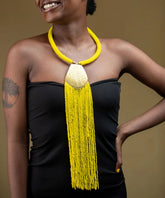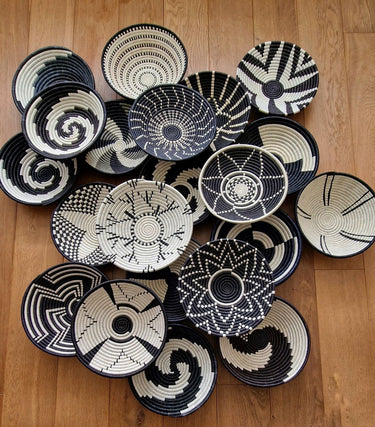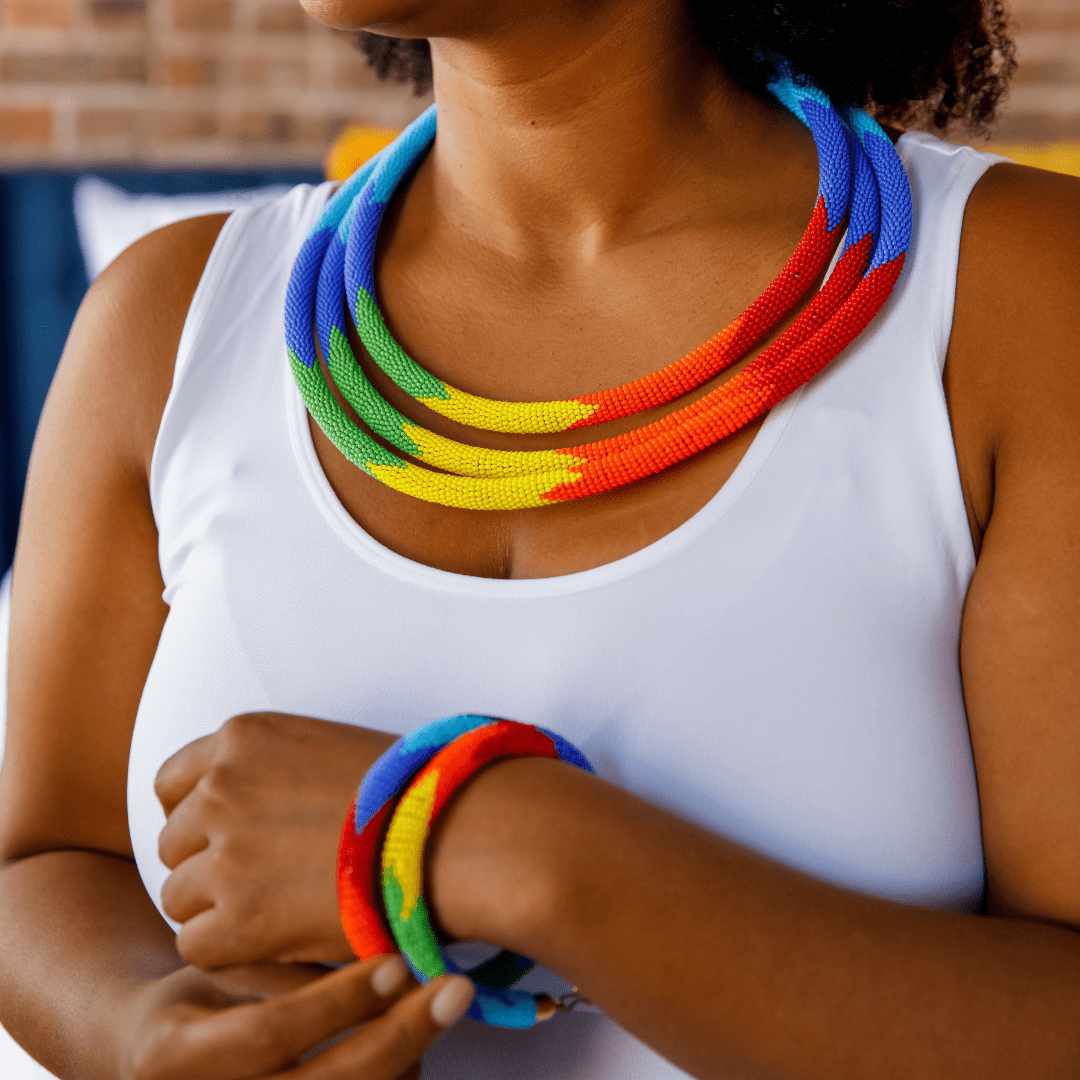What Are Maasai Beads Made Of? A Guide to Materials & Meaning
The Maasai people of Kenya and Tanzania are famous for their vibrant, intricate beadwork, which plays a central role in their culture. But what exactly are these beautiful beads made from?
This blog explores:
✅ Traditional vs. modern Maasai bead materials
✅ The shift from natural to recycled materials
✅ Why bead composition matters culturally
✅ How to identify authentic Maasai beads
1. Traditional Maasai Bead Materials (Pre-1900s)
Before European contact, Maasai artisans used locally sourced natural materials:
A. Organic Materials
-
Bone & Horn – Carved into beads from cattle (their most sacred animal)
-
Clay & Terracotta – Shaped into round beads and sun-dried
-
Seeds & Gourds – Lightweight beads from desert plants
-
Wood – Soft woods like acacia carved into discs
B. Metals
-
Copper & Brass – Traded from neighboring tribes for special jewelry
-
Iron – Used for warrior adornments like anklet bells
Cultural Significance:
These materials connected the Maasai to their environment and livestock – the foundation of their semi-nomadic lifestyle.
2. Modern Maasai Bead Materials (20th Century - Present)
The arrival of European traders introduced new possibilities:
A. Glass Beads (Most Common Today)
-
Czech glass beads – The #1 material used since the 1920s
-
Why glass? More durable than natural materials, available in brighter colors
-
How used: Strung on wire or nylon thread for necklaces/bracelets
B. Recycled Materials (Eco-Friendly Innovation)
-
Plastic beads – Made from repurposed bottles/bags in some communities
-
Aluminum cans – Melted down to make metal beads
-
Rubber tires – Sandals and chunky beads
Did You Know?
Some cooperatives now use recycled glass to reduce environmental impact.
3. Why Bead Materials Matter Culturally
A. Natural Materials = Sacred Connection
-
Bone/clay beads represent the Maasai's pastoral lifestyle
-
Still used for ceremonial items like wedding jewelry
B. Glass Beads = Cultural Evolution
-
Allowed for more complex designs and colors
-
Made beadwork more accessible to younger generations
C. Recycled Materials = Modern Sustainability
-
Shows how Maasai culture adapts to environmental challenges
-
Popular with fair trade organizations supporting artisans
4. How to Spot Authentic Maasai Beads
| Material | Authentic Signs | Fake/Imitation Signs |
|---|---|---|
| Glass | Slightly irregular shapes, rich colors | Perfectly uniform, cheap plastic feel |
| Bone | Natural variations, matte finish | Overly polished, plastic "bone" copies |
| Recycled | Visible imperfections, creative shapes | Mass-produced identical pieces |
Pro Tip: Real Maasai beadwork often has asymmetrical patterns – perfection isn't the goal!
From bone to recycled glass, Maasai beads reflect both tradition and innovation. When you buy authentic pieces, you're preserving a living art form with centuries of history.




